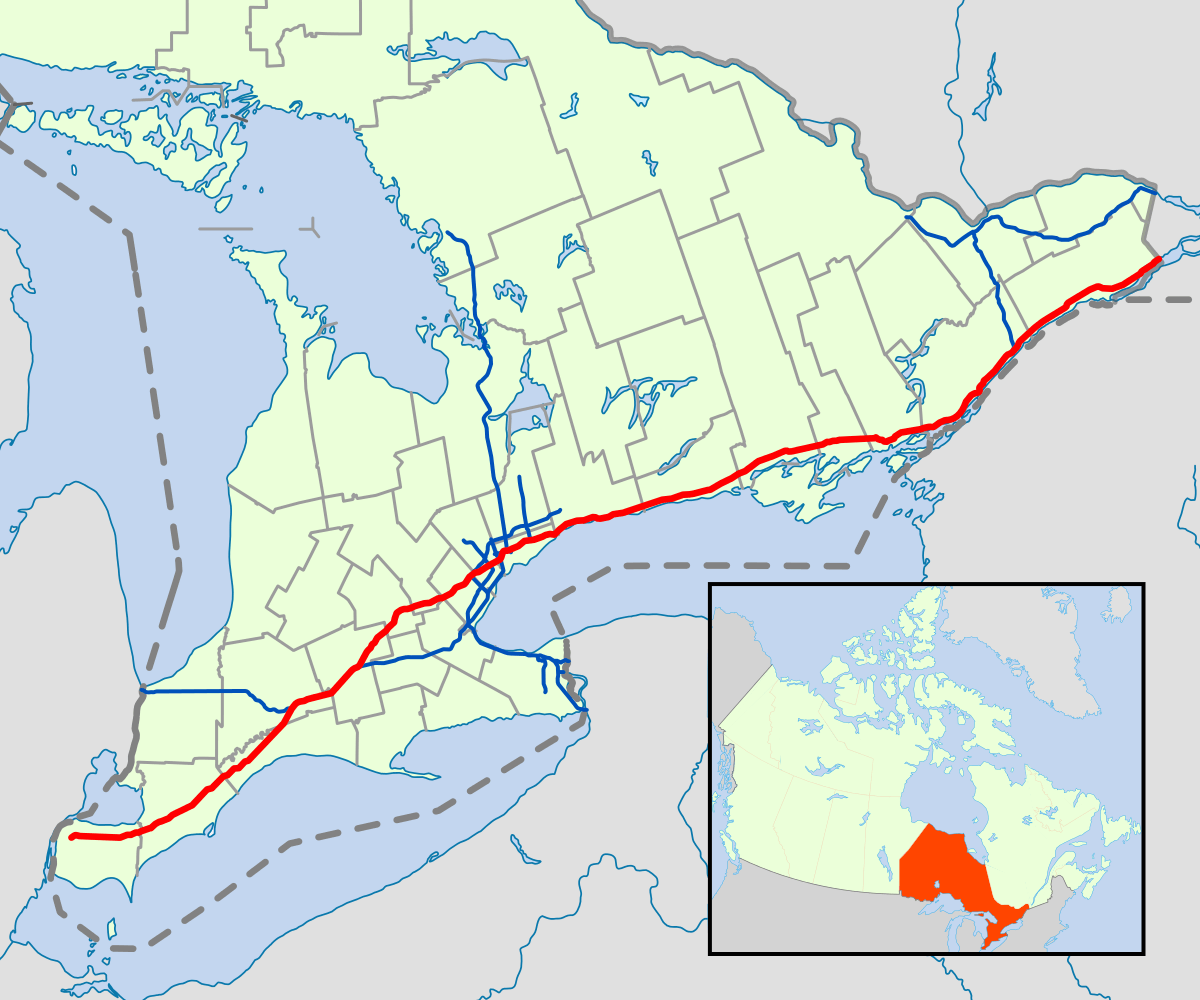Investing in Southwestern Ontario’s farmland comes with World-class Agricultural Infrastructure.
A Sound Investment
If the productivity of our farmland isn’t convincing enough, let us introduce another enormous category of reasons everyone should be recognizing the investment potential in Southwestern Ontario…
Agricultural Infrastructure
We consider agricultural infrastructure a broad spectrum of services and established structures that facilitate production, procurement, processing, preservation and trade of agricultural goods.
Agricultural infrastructure is what transforms existing traditional agriculture or subsistence farming into a modern, commercial, and dynamic farming system.
A category this big needs more than one blog
There are four main categories in agricultural infrastructure. We can’t tackle them all in one blog (and don’t want to get too long-winded), so we’re breaking it up to highlight the best parts of what Southwestern Ontario offers.
Here, we’ll look at Resource-Based Infrastructure and Physical Infrastructure
Next time we’ll look at Input-Based Infrastructure (Seed, fertilizer, pesticides, farm equipment, machinery and technology) as well as Institutional Infrastructure (Research, information and communication services, financial services, and marketing)
So let’s get a move on!
Resource-Based Infrastructure
There is a significant link between rural infrastructure and agricultural productivity (Lianto and Gilberto, 2012). Unlike remote and underdeveloped land, both within and outside of Canada, the regions of Southwestern Ontario have access to major utilities such as electricity and natural gas. We also have excellent connectivity to other supportive industries, as well as added irrigation, storage, and an experienced workforce when the seasonal conditions require them.

Our public services work to maintain and streamline established resource-based infrastructure. While there’s always room for improvement, at least our supportive sectors aren’t starting from scratch!
In Southwestern Ontario, farmers are free of the restraints and costs imposed by clearing arable land and establishing new infrastructure. It’s all here, it works and it’s sustainable. The input costs and transaction costs for both rural producers and for the consumers are significantly less than in developing regions.
The need for increasing the efficiency of our resource-based infrastructure continues to rise. Electricity demand in Southwestern Ontario is projected to double in the next five years. In the Windsor-Essex region, the Independent Electricity System Operator (IESO) has recently requested Hydro One to develop and construct a transmission line to meet the increasing needs. Southwestern Ontario will always fight to stay ahead of the expansion of its agricultural industry and remain a fierce leader in the race of global food production.
Physical Infrastructure
An efficient agricultural industry relies on a consistent and dependable transportation system. Rivers, railways and roadways all play their part in the complex interchange of agricultural materials and goods. Farmers need the ability to move products and equipment to keep their farm enterprises functioning smoothly.

Long before railways and highways, the waterways of Southwestern Ontario conveniently transported our goods across the province (and border) on ships and boats (McMaster University, Hydrology Department).
Southwestern Ontario is veined with longstanding and extensive networks for commercial transport. By water, rail, roads, air, online, in snow, in rain, in heat, quickly, quietly, safely, you name it; we make sure our commodities and our data can come and go with ease.

Whether it’s driving leisurely to check on the crops, or hauling the cargo from a rich harvest season, the roads allow our farmers to prosper and deliver their prized products.
There’s the information superhighway (all hail the internet), and then there’s the original superhighway —the Four-Oh-One. Both a frustrating and terrifying beast of a highway, the 401, King’s Highway, or Macdonald-Cartier Freeway stretches across our great province from Windsor to Quebec.

You can cruise from Windsor to Cornwall on a leisurely 8-hour road trip if traffic permits.
The 401 connects our smaller communities to our large cities and our province to the U.S. border. Though they can’t drive a tractor on it, it is a vital means for farmers to transport their crops from their fields to our forks. The steady stream of Big Rigs cruising down the right-hand lane is often chocked-full of agricultural products on the move.

Love it or hate it, the 401 is the major transport vessel for many of Ontario’s industries, including agriculture.
While we’re grateful for what the 401 provides to our economies, Southwestern Ontarians are especially aware of its dangers. AGinvest’s own Alysson Storey is the founder of the advocacy group Build the Barrier in 2017 and actively lobbies for improved safety standards on the 401 in Southwestern Ontario.

AGinvest’s Alysson Storey has spear-headed a brilliant grassroots organization to improve the notoriously dangerous stretch of the 401 in Southwestern Ontario. Photo by Postmedia News, Sunmedia.
AGinvest, like many key players in the agricultural industry, is grateful for the convenience Highway 401 provides. As with any type of infrastructure, it’s essential to have high expectations for efficiency and safety. It is our responsibility to pressure governing bodies to keep our public services top-notch.
Our proactive population fights for high-quality infrastructure to keep our agricultural industry thriving. For this and so many reasons, Southwestern Ontario is always worth investing in.
Checking our privilege
It wouldn’t be fair to brag about our infrastructure compared to other countries without acknowledging how lucky we are as Canadians. Having ample natural resources, political stability, good public services, and a long history of farming innovations make us powerful producers of agricultural products in the global market.
The province is also collecting input for transportation improvements in their plan called “Connecting the Southwest”. Until March 17, 2020 an online survey is available for providing feedback for a more integrated transportation system in the future.
Stay tuned…
We have too much to discuss when it comes to Southwestern Ontario’s agricultural infrastructure —and why it makes our farmland such a valuable investment. Be sure to read Part II of this blog where we touch on the Input and Institutional components of our infrastructure!
Source:
Llanto, Gilberto M., 2012. “The Impact of Infrastructure on Agricultural Productivity,” Discussion Papers DP 2012-12, Philippine Institute for Development Studies.
